Soba noodles are traditional Japanese dishes basically made from buckwheat flour. Soba is Japanese word for buckwheat. Japanese usually say simply “soba”, when they refer to soba noodles. Soba noodles became very popular during Edo Period (1606 – 1867). And fundamental repertoire of soba dishes was established in the latter half of Edo Period.
Soba and Udon are two major traditional Japanese noodles. Unlike soba noodles, Udon noodles are made from wheat flour.
Process from buckwheat to soba noodles
Basic steps from buckwheat to soba noodles are composed of three steps. First step is milling which converts buckwheat to buckwheat flour. Second comes noodle making step which converts buckwheat flour to soba noodles. The last step is cooking soba noodles. In Edo Period all the steps were done manually.
But even in Edo Period, specialization of work occurred. Specialization occurred in each step. Thus some specialize in milling, another specialize in noodle making, the other do only cooking and serving dishes. But high-class soba restaurants did all steps in their restaurants.
Entering Meiji Period (1867 – 1912), modernization became national goal for Japan. And machines began to process milling and noodle making steps. By the beginning of Shōwa Period (1926 – 1989), manual work in milling and noodle making steps vanished. And division of work became standard.
But a few people who value flavor of soba noodles began to try going back to the basics. They began to work manually again in milling and noodle making steps.
8-wari (80%) soba, 10-wari (100%) soba
Aside from topic of conversion by hand or by machine, there is other factor that affects flavor and texture of soba. As buckwheat doesn’t contain gluten, when people knead soba flour with water, it doesn’t stick. Accordingly, it is very difficult to make dough for noodles. So usually, people add wheat flour as binding agent when they knead soba flour. Besides adhesiveness, adding wheat flour contributes to give smoothness to noodles.
The most popular component ratio of soba and wheat flour is 80% : 20%. Japanese call such soba noodle 8-wari soba (here, we read “hachi-wari” and wari means 10%) or 8-2 soba (hachi-ni soba). But some love soba noodle made only from soba flour. Such soba is called 10-wari soba (jyū-wari soba). As soba flour lacks in stickiness, 10-wari soba is difficult to make and it requires high degree of skill. You may feel scent of soba well in 10-wari soba.
There are other component ratio of soba and wheat flour, like 9-wari (90%) soba (kyū-wari soba) or much lower ratio of soba flour than 8-wari soba.
Milling and soba flour
After peeling the outermost hull (pericarp) of buckwheat seed, people mill soba. When they use millstone, powder from the most soft part (innermost part; embryo germ or endosperm) comes out first. That is “sarashina” flour or the first flour. This flour is white and its scent is faint.
In my post “3 big names of soba noodles restaurants in Tokyo“, I wrote Sarashina’s soba noodles are white. Sarashina soba noodles restaurants use only the first flour to make soba. That is why Sarashina’s soba is white.
Continuing milling, then comes out the second flour that contains embryo germ, endosperm and pellicle parts of the seeds. The second flour contains protein and has rather strong scent. The second flour is standard flour for soba noodles.
After the second flour, it comes out the third flour. The third flour contains harder parts of the seeds. Pellicle parts compose more than half of the third flour. The third flour has strong scent and is rich in nutrition.
As each flour has individual characteristic, often soba artisans blend the flour in order to create their favorite flavor.
Noodle making and cooking soba
To make noodles from soba flour, first the artisan adds water to flour and stirs to paste. Then he or she kneads it. After that, the artisan extends it several times until it becomes thin enough for soba noodles. Then the artisan folds the dough for cutting. Finally the artisan cuts folded dough to noodles.
Main part of cooking noodles is to boil soba noodles and wash them lightly by cold water.
Some soba restaurants that are particular about soba’s flavor do all the process from milling to soba cooking. Another purchase soba flour and do noodle making and cooking at their restaurants. The other restaurants purchase soba noodles and do only soba cooking at their restaurants.
Repertoire of soba dishes
We can classify soba dishes into cold dishes and hot dishes.
Representative cold dish is Mori-soba or Zaru-soba. Zaru-soba is Mori-soba with sprinkled laver on noodles. The restaurant serves chilled soba noodles with dipping sauce.

Mori-soba
Above picture you can see the bottle of dipping sauce on the lower right side.
If the restaurant serves Mori-soba with Tempura, it becomes Ten-zaru-soba.
Representative hot dishes are Kake-soba, Hanamaki-soba, Tempura-soba, Kamo-Nanban. For these dishes, the restaurant serves hot soup with soba noodles in a bowl.

Tempura-soba
The restaurant adds toasted laver as topping for Hanamaki-soba. For Kamo-Nanban, duck meat and green onion are used as topping.

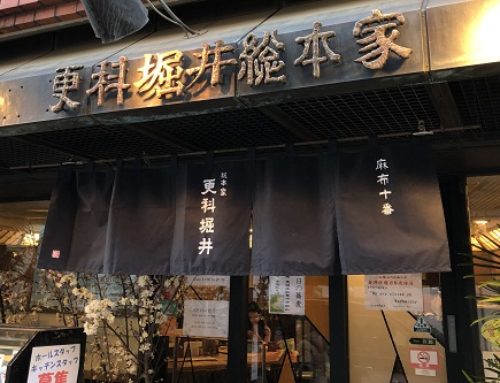
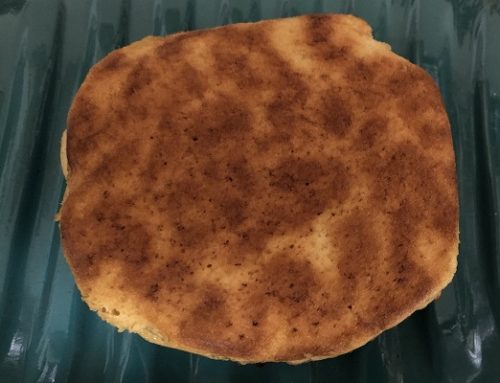
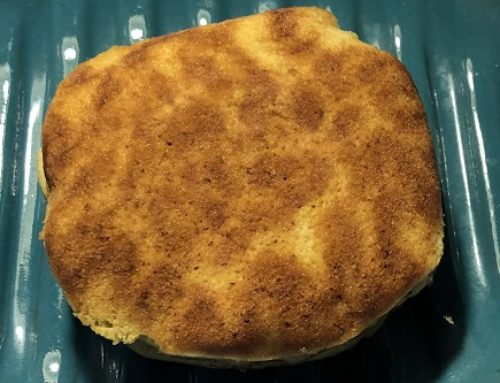
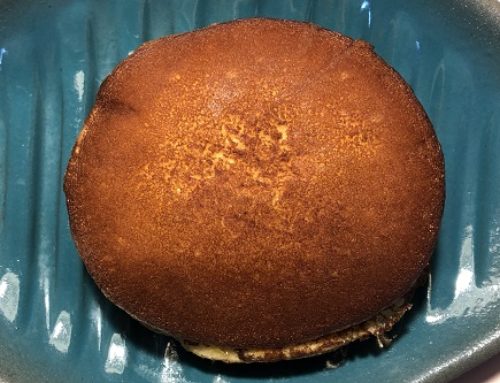
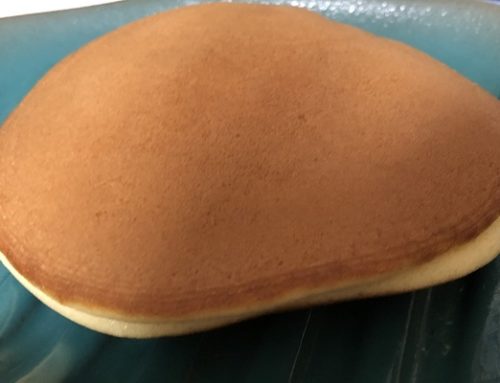
Leave A Comment